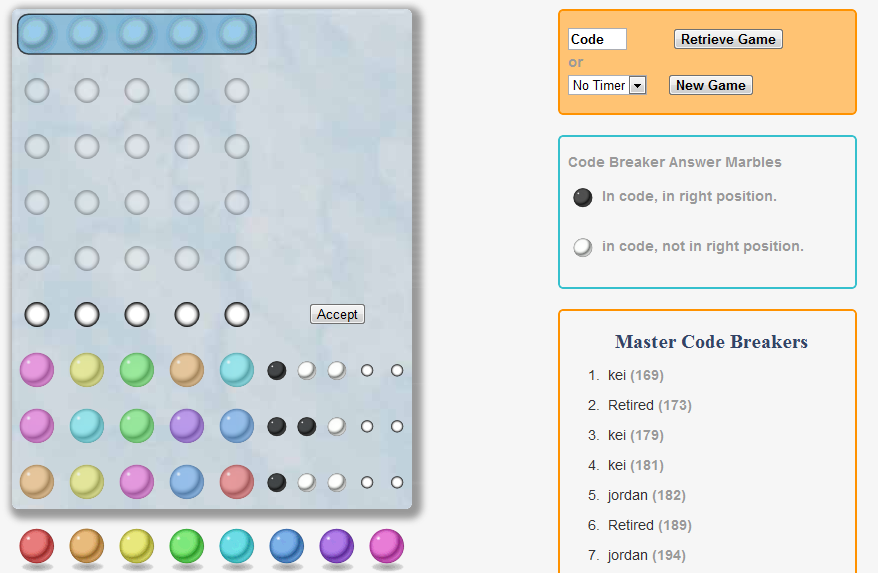Link Post: Applying Mathematics to Web Design
“Mathematics is beautiful.” This may sound absurd to people who wince at numbers and equations. But some of the most beautiful things in nature and our universe exhibit mathematical properties, from the smallest seashell to the biggest whirlpool galaxies. In fact, one of the greatest ancient philosophers, Aristotle, said: “The mathematical sciences particularly exhibit order, symmetry and limitation; and these are the greatest forms of the beautiful.”
Because of its beautiful nature, mathematics has been a part of art and architectural design for ages. But it has not been exploited much for website design. This is probably because many of us regard mathematics as being antithetical to creativity. On the contrary, mathematics can be a tool to produce creative designs. That said, you don’t have to rely on math for every design. The point is that you should regard it as your friend, not a foe. For illustrative purposes, we created a couple of web designs that present mathematical principles discussed in this article. We are also giving away a couple of PSDs that you can use right away in your next design. Continue reading…

